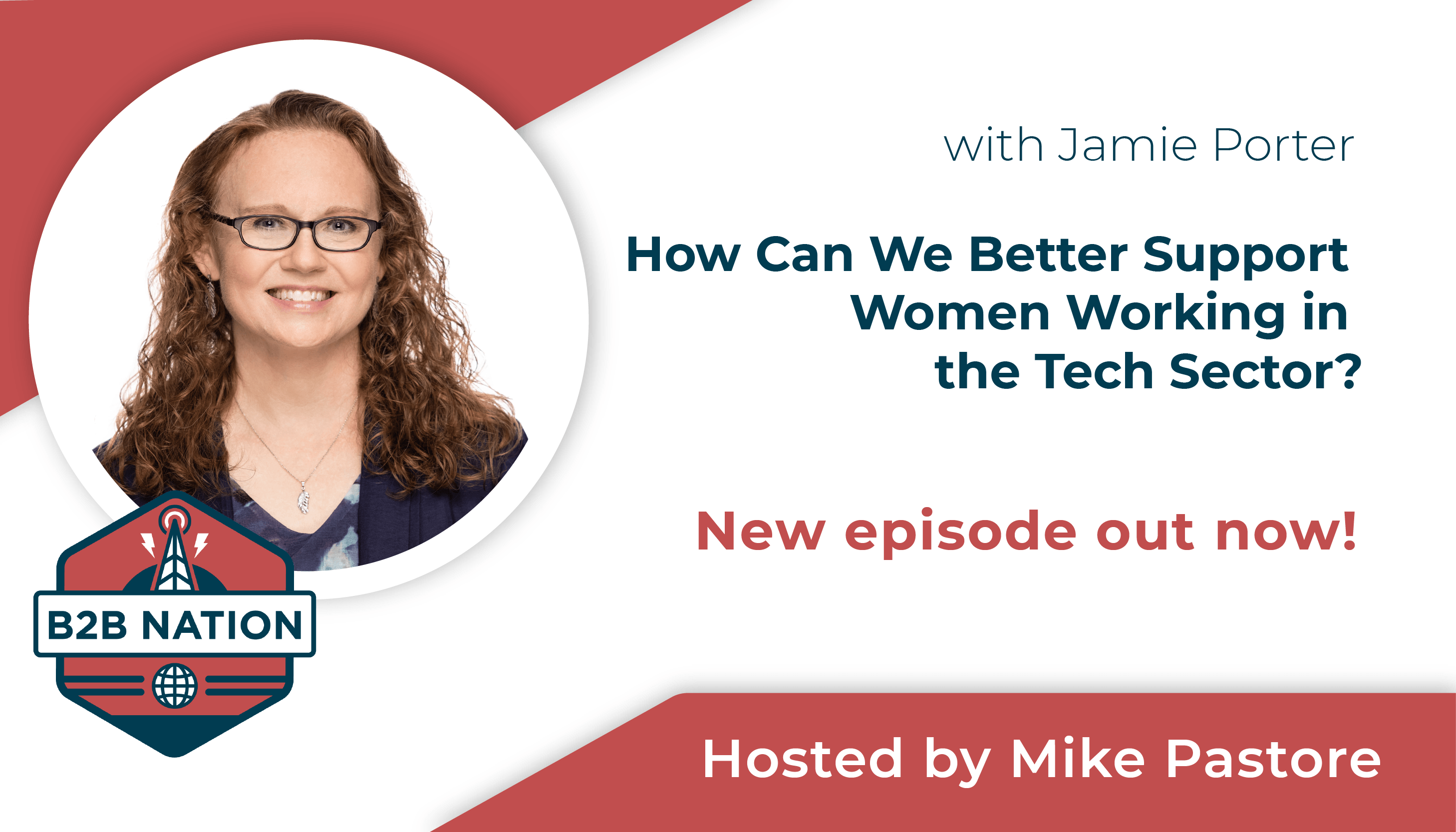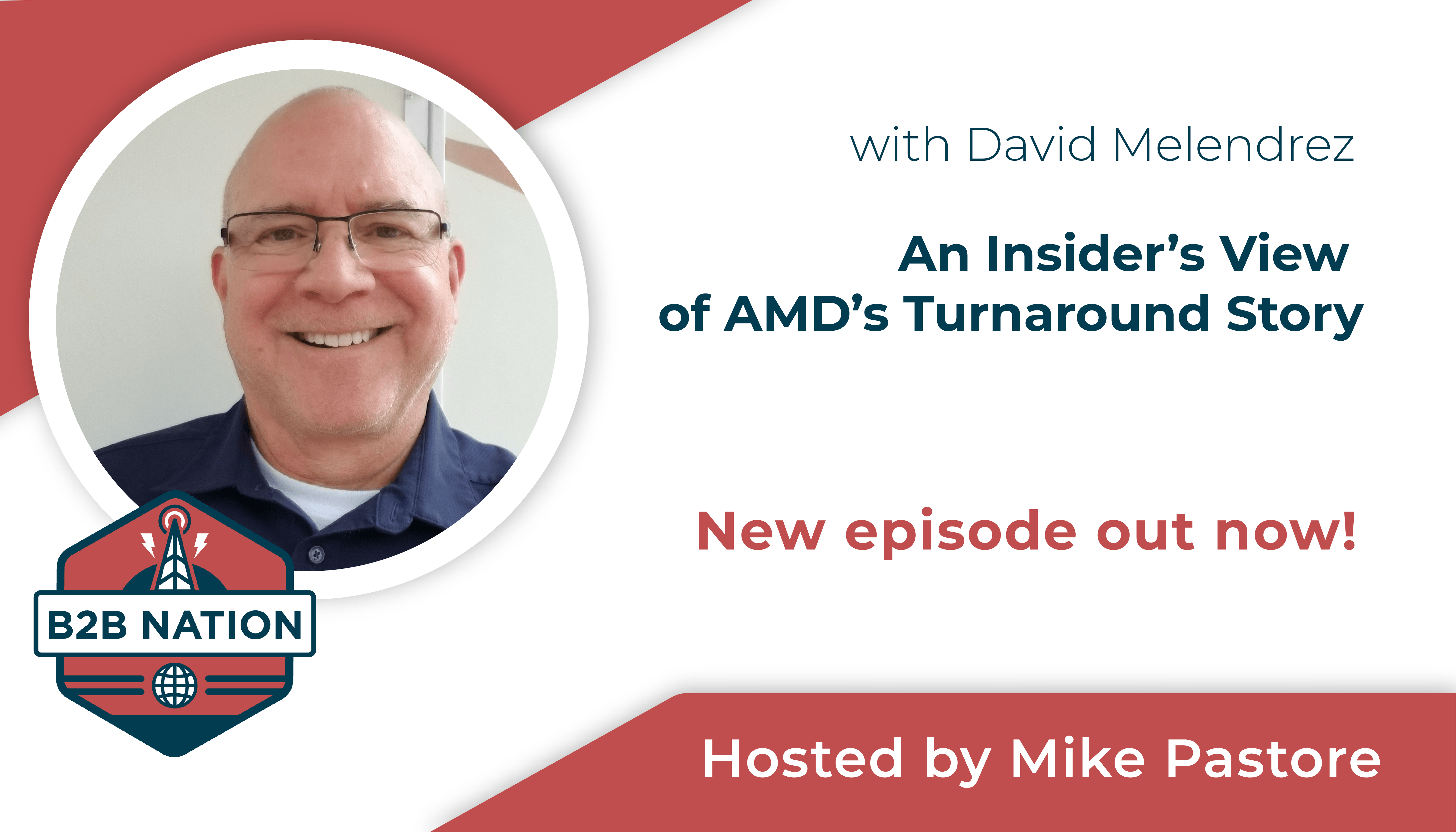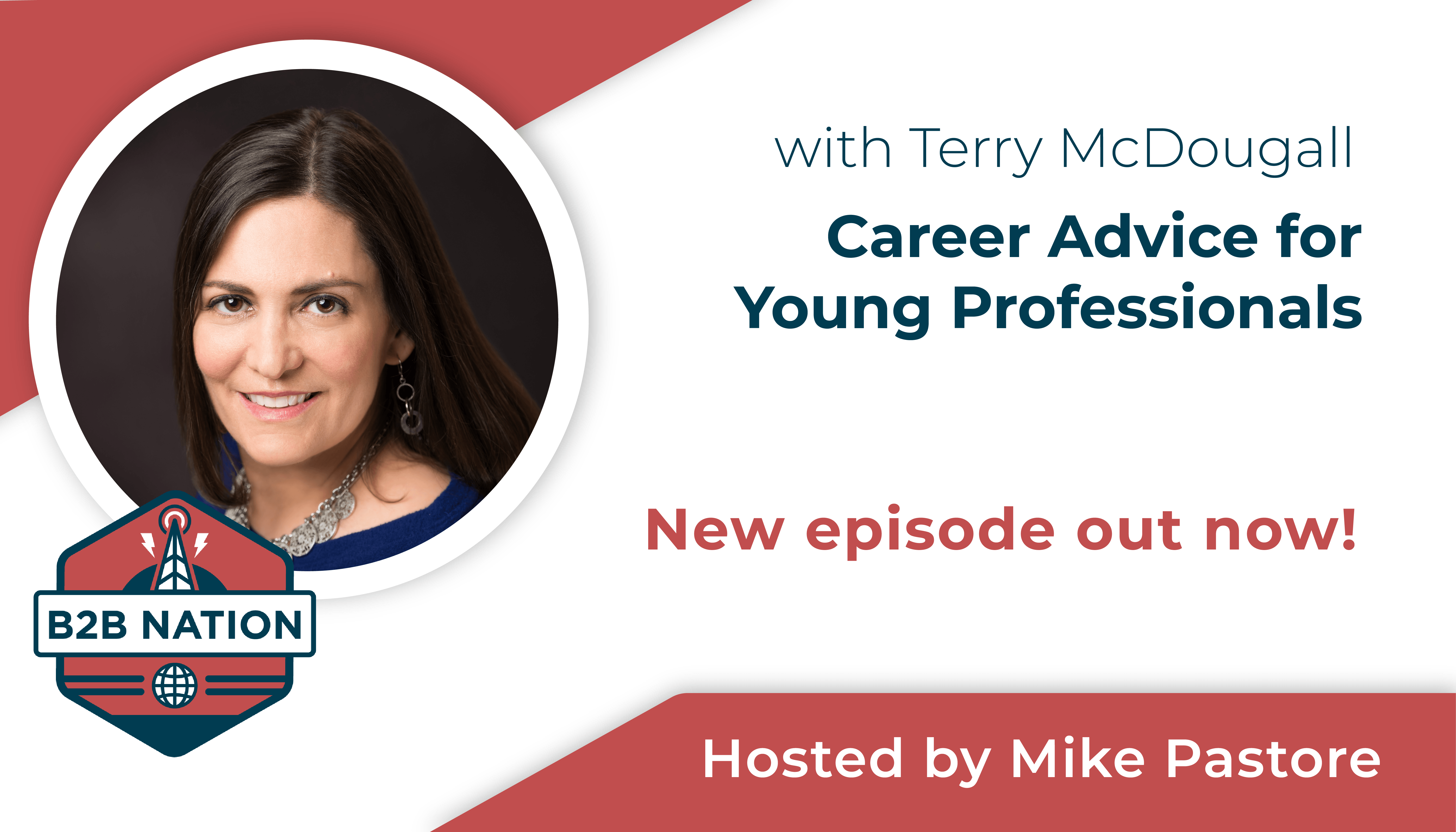Dominic Ambrosio, the managing consultant of marketing solutions at CEB, was a recent guest on our podcast, B2B Nation.
In this episode, we discussed:
- Defining commercial messaging
- Commercial insight versus thought leadership
- How to create a commercial insight
- The 2016 CEB Sales and Marketing Summit
Below are some of the highlights from our conversation.*
What is commercial messaging?
“The active ingredient is commercial insight. It’s the spark, the catalyst for everything that’s going to go into your customer-facing materials. We use the term ‘commercial messaging’ because it’s a broader definition. It’s not just commercial insights; it’s everything that you have to do downstream that actually makes sure you get paid for your commercial insight.”
How is commercial insight different than thought leadership?
“A lot of organizations spend a significant amount of time and resources creating content. If we look at the nature of most of that content, it ends up being ‘thought leadership’ pieces that convey you’re a leading thinker in the space. The rationale is that if you appear as the leader in that space, prospects are more likely to do businesses with you.
“The difference when we think about commercial insights versus thought leadership is that there is no real catalyst for action in thought leadership. We have to be asking what about our content makes customers or potential customers think. That’s the better litmus test for what will be most valuable for an organization. If a customer comes across a thought leadership piece, they will most likely think it’s interesting or educational. On the other hand, if they come across a commercial insights piece, they’re going to discover the true impact of the topic they are reading about. The key distinction is that commercial insights provide a catalyst for action.”
How to generate commercial insight:
“It takes a mix of art and science. There’s the creation of a commercial insight that comes first. Marketers shouldn’t be going out looking for a commercial insight, because there are critical factors that go into creating it. I like to compare it to innovation sessions, where folks were going to sit aside a few hours and ‘innovate.’ You can’t just sit down and force yourself to have innovative ideas. However, there are processes that can help you.
“At CEB, we apply a very linear line of thinking that is more likely to help organizations develop and create commercial insights. It starts with having a deep customer understanding by creating customer profiles that are rooted in the mind of your customer. What are their goals? How do they think? Where is their thinking flawed? Where can we point out to them that their thinking needs to change? Then, paint a vision for the future. Provide customers with a path to follow that leads directly back to you.
“That’s the difference between commercial insight and regular insight. Insight will undercut their thinking and cause action, but it will cause them to go out to bid. You may find yourself in a price war. It will lead your customer into the desert. You’ll tell them they need to do something differently, but you haven’t given them a solution.”
*
The 2016 CEB Sales and Marketing Summit is just around the corner (October 18-20). Visit the Summit information page to read about speakers, sessions, and registration.
B2B Nation: Smarketing is a podcast for B2B sales and marketing professionals, featuring expert opinions and advice on the most important topics in the industry. Check out our other episodes on iTunes, or follow us on Twitter: @Technology_Adv.
___




